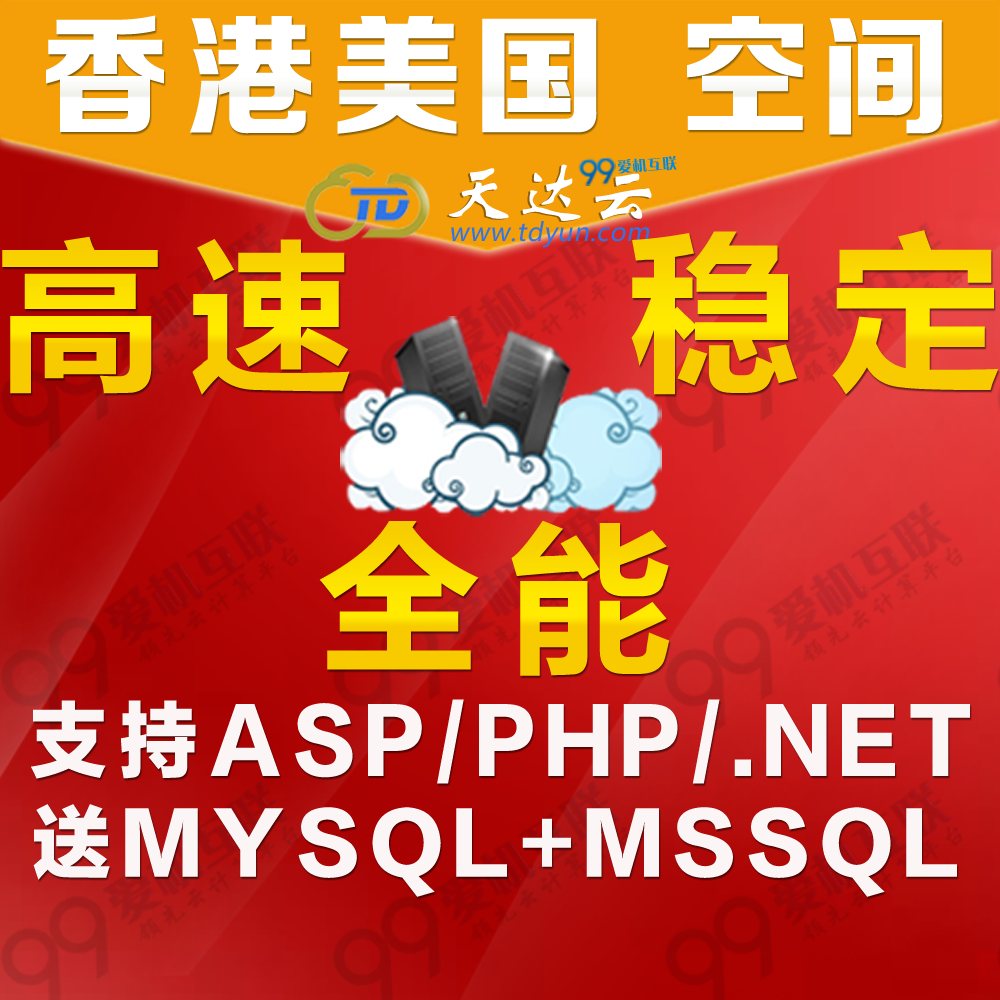Asp.Net MVC4 系列-进阶篇之Model(二)
日期:2014-05-16 浏览次数:21721 次
Asp.Net MVC4 系列--进阶篇之Model(2)
在上一章介绍了MVC中model binding,本章将介绍一下MVCmodel validation
和前几章一样,从一个例子开始
准备工作
准备model
public classAppointment
{
public string ClientName { get; set; }
[DataType(DataType.Date)]
public DateTime Date { get; set; }
public bool TermsAccepted { get; set; }
}代码说明:一个预约model,包含了客户姓名,预约日期,以及是否accept合约
准备controller
public class AppintmentController : Controller
{
public ViewResult MakeBooking()
{
return View("NewAppintment",new Appointment { Date = DateTime.Now });
}
[HttpPost]
public ViewResult MakeBooking(Appointment appt)
{
//statements to store new Appointment in a
//repository would go here in a real project
return View("Completed", appt);
}
}代码说明:很经典的”Get-Post-action” 结构,同名方法两个,Get版本用于服务第一次来到页面的请求,post版本用于处理提交页面的请求。
Get版本:render预约页面,获取预约信息
Post版本:获得预约的信息,透传(为了演示)给CompletedView表示预约成功
准备View
a. (NewAppintment.cshtml)
@model MVCModelValidation.Models.Appointment
@{
ViewBag.Title = "Make A Booking";
}
<h4>Book an Appointment</h4>
@using (Html.BeginForm()) {
<p>Your name: @Html.EditorFor(m =>m.ClientName)</p>
<p>Appointment Date:@Html.EditorFor(m => m.Date)</p>
<p>@Html.EditorFor(m =>m.TermsAccepted) I accept the terms & conditions</p>
<input type="submit" value="Make Booking" />
}代码说明:预约View
b. Completed
@model MVCModelValidation.Models.Appointment
@{
ViewBag.Title = "Completed";
}
<h4>Your appointment is confirmed</h4>
<p>Your name is:<b>@Html.DisplayFor(m => m.ClientName)</b></p>
<p>The date of your appointment is:<b>@Html.DisplayFor(m => m.Date)</b></p>
代码说明:预约成功 View
运行

Make booking

可以看到,代码有几个需要验证的地方:
1. 客户姓名必填
2. 预约日期必填
3. 必须accept 合约
显式验证
由于我们的验证是针对用户提交表单的scenario,因此修改post版本的action就好了:
带validation的action:
[HttpPost]
public ViewResult MakeBooking(Appointment appt)
{
if(string.IsNullOrEmpty(appt.ClientName))
{
ModelState.AddModelError("ClientName", "Please enter yourname");
}
if(ModelState.IsValidField("Date") && DateTime.Now >appt.Date)
{
ModelState.AddModelError("Date", "Please enter a date inthe future");
}
if (!appt.TermsAccepted)
{
ModelState.AddModelError("TermsAccepted", "You mustaccept the terms");
}
if (ModelState.IsValid)
{
免责声明: 本文仅代表作者个人观点,与爱易网无关。其原创性以及文中陈述文字和内容未经本站证实,对本文以及其中全部或者部分内容、文字的真实性、完整性、及时性本站不作任何保证或承诺,请读者仅作参考,并请自行核实相关内容。
